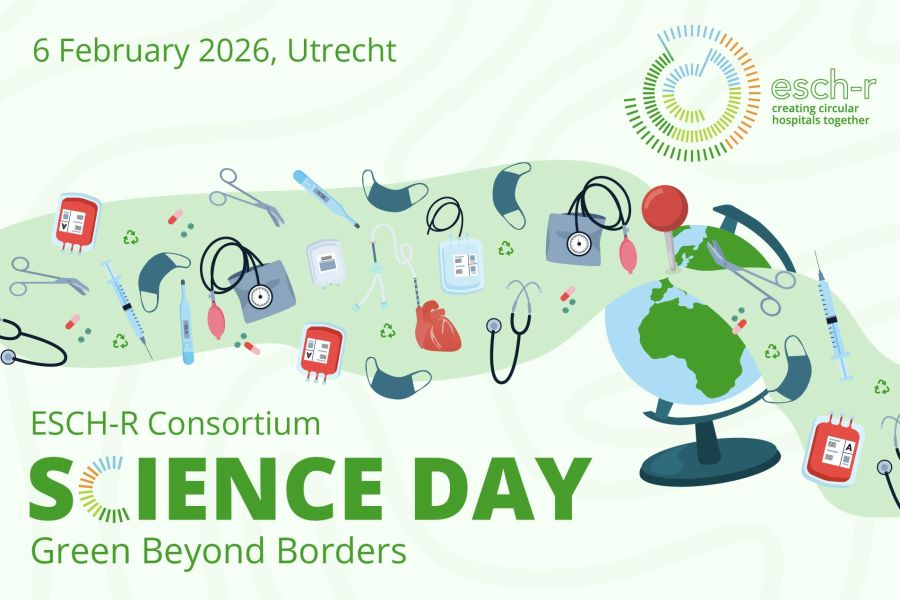What is the climate footprint of the Erasmus MC?

© Alexander Santos Lima
Junior doctor Ise Lau wins prestigious award for her research on the subject.
Hospitals have a significant impact on the climate. Where does this come from? Junior doctor Ise Lau investigated the emissions of Erasmus MC. She has now won the Student Societal Impact Award 2024 for her project. During her medical master’s program, Ise examined the emissions of all 46 departments of Erasmus MC to identify emission hotspots. The results were enthusiastically received internally and sparked many conversations about sustainability among colleagues.
Making pollution tangible and understandable
According to Ise, there was little to no attention to sustainability in healthcare for a long time. The focus was mainly on efficiency, safety, and hygiene. “Take a pair of surgical scissors. It’s easier to throw them away after use, rather than clean and reuse them. Reusing is theoretically possible, but it is more profitable for manufacturers to sell disposable scissors than sustainable ones because it yields more profit.”
Ise’s research highlights the environmental effects of the hospital and helps develop targeted sustainability strategies. Climate impact is already being integrated into daily practice. She cites the example of inhalers for asthma patients. There are dry powder inhalers, which patients inhale using their own breath, and automatic puffers containing polluting propellant gases. “We want patients to use the dry powder inhaler whenever possible. General practitioners and pulmonologists are already discussing this option with patients so that they can make a sustainable choice.”
Read the full interview here (in Dutch).


